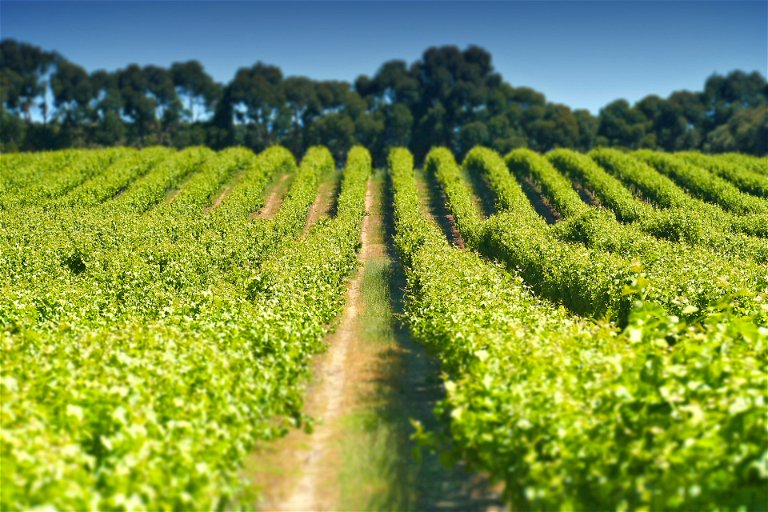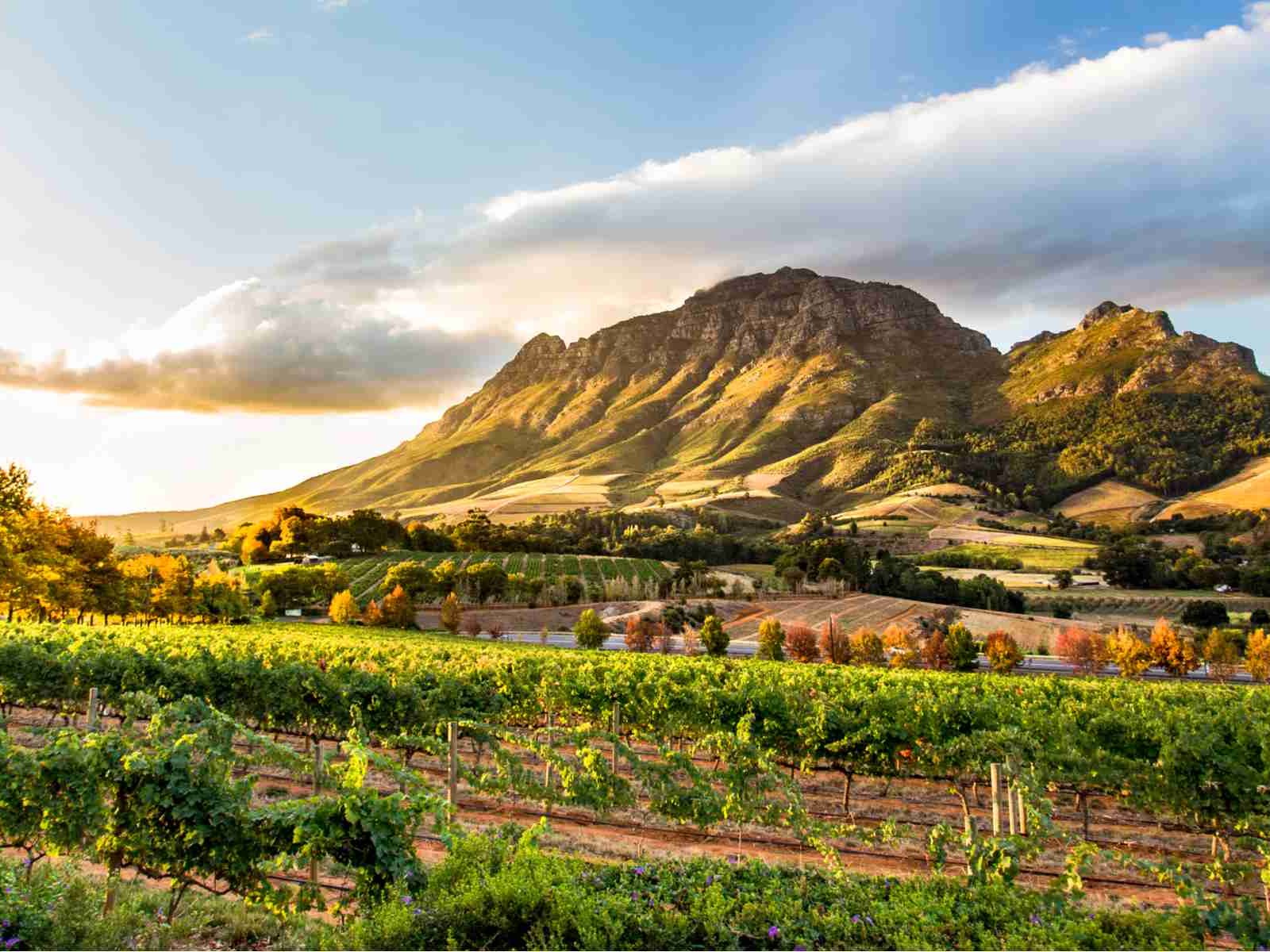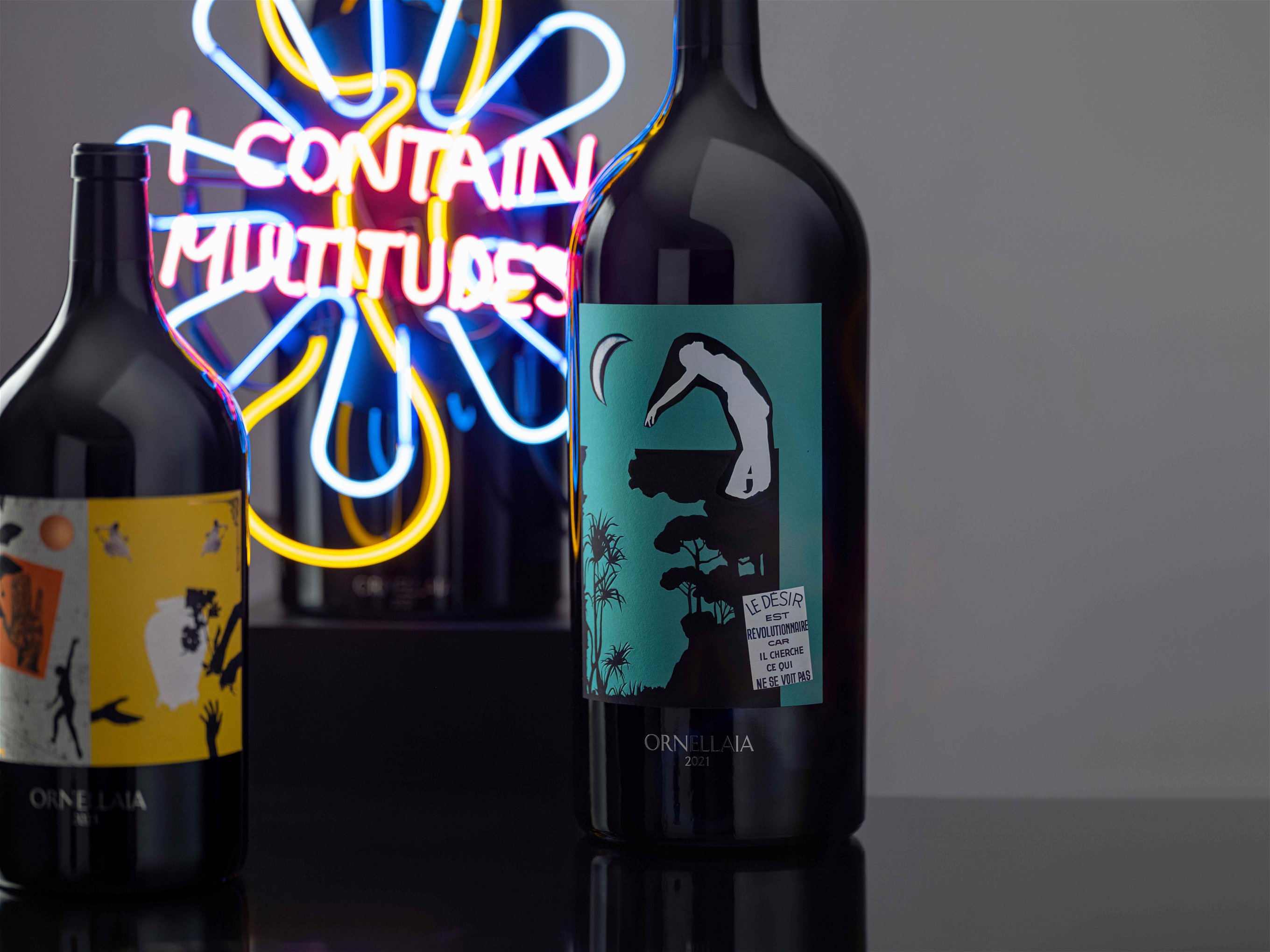Coonawarra Lets Its Cool Cabernets Speak for Themselves
You wouldn’t describe Coonawarra as flashy or wildly fashionable, but this unassuming corner of South Australia ranks high among the world’s great sources of Cabernet Sauvignon.
You will find other varieties here – after all, no self-respecting Australian region would be without its Shiraz and Chardonnay – but Cabernet Sauvignon is the bedrock of Coonawara's reputation, accounting for 64% of total vineyard area and an even higher proportion of its top wines.
That Cabernet specialism makes sense when you consider the similarities of the climate here with this variety’s spiritual home, Bordeaux. Those warm Australian summer days are tempered by a cooling maritime influence. Coonawarra may lie half an hour’s drive inland, but the coastal impact on vines here is particularly pronounced thanks to a phenomenon that goes by the rather fabulous name of the Bonney Upwelling.
This regular surge of cold water from the depths of the Southern Ocean cools the air and triggers Coonawarra’s notoriously chilly evening breezes. The result? An extended growing season delivering wines that combine intense, ripe fruit with refreshing acidity in a style that is renowned for its beautifully fine tannins and graceful, long-lived structure.

“It’s the fineness of tannin that Coonawarra is really renowned for,” says Luke Tocaciu from Patrick of Coonawarra. The structural element is also key for Bruce Redman, a third generation winemaker in this region. “One of the hallmarks of Coonawarra is that the wines are quite delicious as young wines but they have the ability to age really gracefully,” he remarks.
But Sue Bell of Bellwether Wines is keen to highlight another distinctive, particularly charming element found in so many wines from this region. “I think fragrance is so underspoken in Cabernet,” she observes. In Coonawarra, that fragrance is typically bright, pure cassis, sometimes cut with a breezy menthol lift.
While this minty element is a familiar hallmark long associated with Coonawarra Cabernet, Redman suggests it tends to be less pronounced in the region’s modern wines, thanks in part to later harvesting. “Today mint is just one aspect of a whole range of flavours,” he remarks. “A lot of those old Coonawarra wines were probably a little bit green to be honest.”
It’s impossible to talk about Coonawarra without reference to the region’s famous, rust-coloured Terra Rossa soil. Indeed, it’s difficult to think of another Australian region that defines itself so closely by such a specific terroir. This light clay loam sits on top of a limestone base which harbours precious water supplies underneath, a combination that lends itself beautifully to well-balanced vines. It is this geological feature that explains the curious cigar-shaped demarcation of Coonawarra, which is 27 miles/43 km long and just 2 miles/3 km wide.
As Australian winemakers shifted focus during the 20th century from fortified styles to dry table wine, Coonawarra Cabernet starred in many of Australia’s most famous and revered examples, including Penfold’s Bin 60A and the Woodley’s Treasure Chest Series.
Yet this Cabernet prestige didn’t translate into the grand châteaux of Bordeaux. Coonawarra life is far lower key, perhaps thanks in part to its remote location midway between Adelaide and Melbourne. Forget formal dinners; social life here revolves around the monthly Coonawarra Community Club Tea Night. “We’re the original hipsters, with our vegetables and way of country community life,” explains Bell.
Don’t let that modesty – not just in outlook but often pricing too – distract from the high quality ambitions among so many of the 40 or so producers who represent the modern face of this region.
Today, Wynns Coonawarra Estate, based at the winery originally built by the region’s late 19th century viticultural pioneer John Riddoch, remains arguably the most celebrated name. But there’s competition from Australia’s multi-regional heavyweights Penfolds and Yalumba, who also have high-end interests here in the form of Bin 169 and The Menzies respectively.
There are plenty of other stars well worth hunting down, many of them family businesses whose roots in Coonawarra run several generations deep. Redman certainly qualifies on this front, as does Balnaves, a producer whose top wine The Tally has today established itself firmly in the top tier of Australian wines. In short, this is one region happy to sit quietly and let its wines do the showing off.














